We have probably all visited places or done things in our childhood that we’ve long since forgotten, and certainly didn’t appreciate the significance of it until much later in life. Thinking about the National Park Service’s Centennial and the #FindYourPark campaign recently brought back a memory of visiting Hopewell Furnace National Historic Site with my parents when I was a kid. I couldn’t have known it at the time, but I’m beginning to realize that a fun little day trip many years ago helped to pique my interest in and appreciation for historic places in ways that changed my life. Continue reading
Author: Cory Kegerise (Page 2 of 3)
Cory Kegerise is the Community Preservation Coordinator for Eastern Pennsylvania at the Pennsylvania State Historic Preservation Office. He is a native of Berks County, Pennsylvania and holds a Master’s Degree in Historic Preservation from the University of Pennsylvania and a Bachelor’s Degree in Historic Preservation from the University of Mary Washington in Fredericksburg, Virginia.
Q: What do the National Register of Historic Places, Section 106 consultation, Federal Historic Preservation Tax Credits, Certified Local Government grants, Tribal preservation activities, and Historically Black Colleges and Universities have in common?
A: All of these programs (and more) are supported by the Historic Preservation Fund. Continue reading
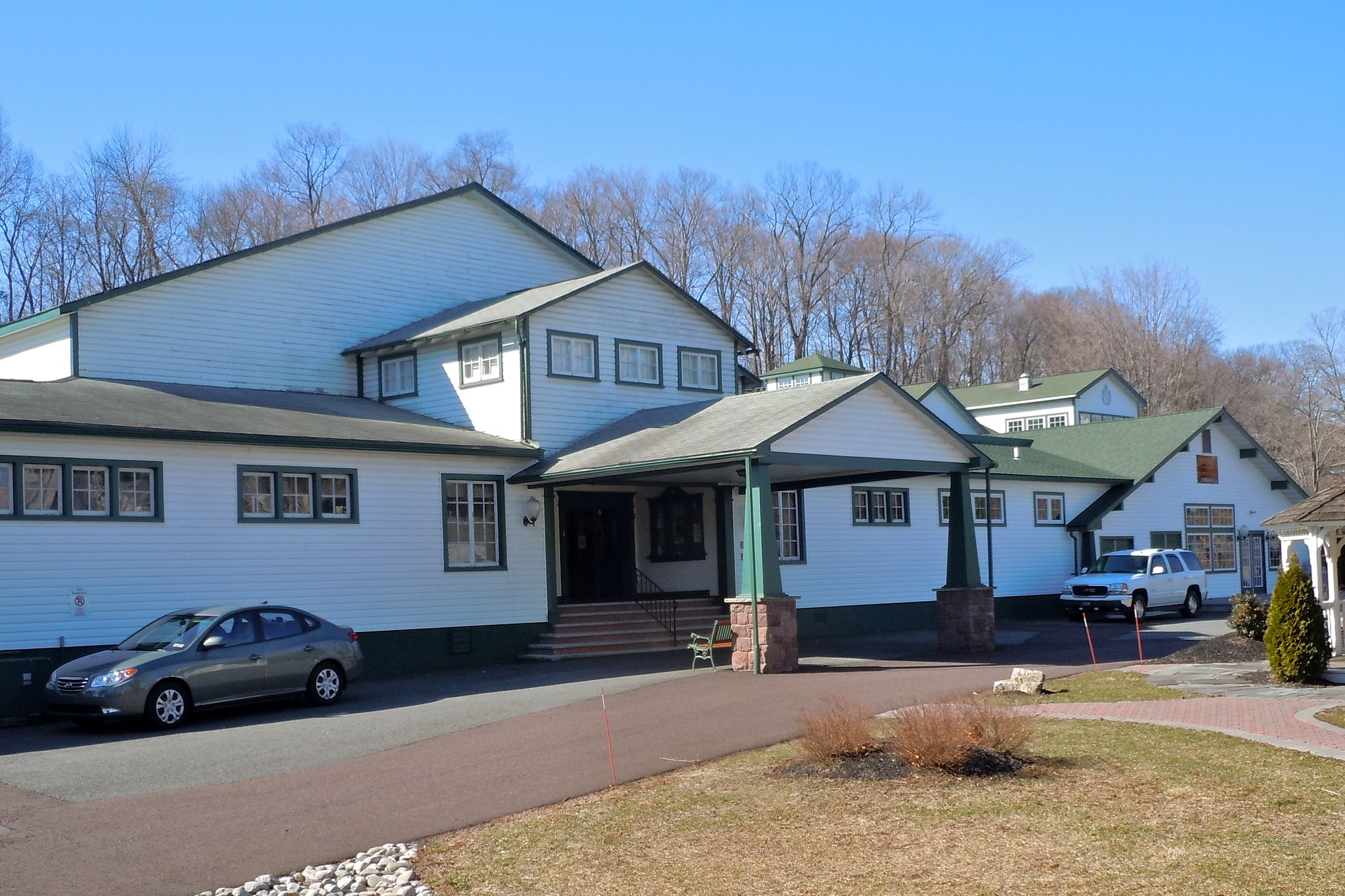
Discovering Pennsylvania’s Jazz History
Turning the calendar page from March to April is a cause for celebration on many fronts – the end of winter, the blooming of spring flowers, and an official reason to celebrate jazz! Yes, April is National Jazz Appreciation Month and Pennsylvania has a long, rich history with the musical genre. Jazz has its roots in the African-American communities of the American South, but made its way north during the Great Migration in the 1910s and 20s. Artists and organizations from Pennsylvania, especially Pittsburgh and Philadelphia, were hugely influential in the evolution of jazz and numerous communities built concert halls that hosted some of the most legendary performers on their cross country tours. Pennsylvania’s role in the history of jazz is so significant that Explorepahistory.com has a whole section devoted to the subject, including photos, recordings, and lesson plans. Continue reading
High on a hill overlooking the City of Easton is the serene, picturesque, and endlessly fascinating Easton Cemetery. The cemetery occupies a point of land created by a bend in the Bushkill Creek that, at the time of the cemetery’s establishment in 1849, was on the edge of a rapidly growing industrial community in desperate need of both parkland and sanitary burial options. The historic core of the burial ground, 48 acres assembled in two parcels during the 19th century, was listed in the National Register of Historic Places in 1990 for its significance in landscape architecture and art. Continue reading
There’s something about turning the final page of the calendar each year that makes us all a little introspective. What were the high points of the past 12 months? The low points? The successes? The challenges? What might we do differently in the coming year? What should stay the same?
This past year has been a pretty exciting one for the Pennsylvania Historic Preservation Office, so we thought we’d take one last glance through the 2014 calendar before hanging up the new one – just for old times’ sake. Continue reading
I am dismayed to learn from reading this report that almost half of the twelve thousand structures listed in the Historic American Buildings Survey of the National Park Service have already been destroyed. This a serious loss and it underlines the necessity for prompt action if we are not to shirk our duty to the future.
– Lady Bird Johnson in With Heritage So Rich, 1966
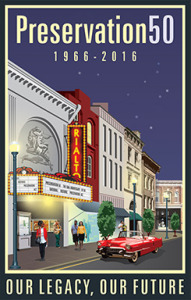 In the waning months of 1964, a small group of preservation advocates, beleaguered by nearly two decades of Federal transportation and urban renewal programs that decimated historic communities across the country, gathered to strategize about a new national framework for historic preservation. They wondered whether the “progress” ushered in by the post war economic boom could be redefined in ways that would respect, and even enhance, historic places? Those efforts would eventually lead, in October 1966, to the adoption of the National Historic Preservation Act, the most comprehensive and fully articulated law protecting historic places in the United States.
In the waning months of 1964, a small group of preservation advocates, beleaguered by nearly two decades of Federal transportation and urban renewal programs that decimated historic communities across the country, gathered to strategize about a new national framework for historic preservation. They wondered whether the “progress” ushered in by the post war economic boom could be redefined in ways that would respect, and even enhance, historic places? Those efforts would eventually lead, in October 1966, to the adoption of the National Historic Preservation Act, the most comprehensive and fully articulated law protecting historic places in the United States.
The country is preparing to mark the 50th anniversary of the NHPA in 2016, and there are many preservation accomplishments to celebrate, but also much left to be done. Preservation50, a coalition of national preservation organizations and agencies is organizing the celebration of the NHPA anniversary and they need your input and involvement. Continue reading
By Cory Kegerise and Serena Bellew
From time to time, Bureau for Historic Preservation staffers are asked about how a particular process, form, or issue affecting historic resources in Pennsylvania is handled in different states. Fortunately, in the age of e-communication there are websites and listserves to provide answers to most of these questions. But no matter what field you’re in, nothing can replace some old-fashioned face-to-face interaction with peers and colleagues from other places to help bring a fresh perspective to your day-to-day work. And so, in that spirit, representatives from State Historic Preservation Offices from Maryland to New Hampshire gathered in New Castle, Delaware on October 28 & 29 for two days of information exchange and networking with each other, the National Park Service, and the Advisory Council on Historic Preservation. Continue reading
The Pennsylvania State Historic Preservation Office has multiple roles and frequently has many irons in the fire. Among the responsibilities that people are most familiar with are facilitating National Register nominations, assisting tax credit applicants, managing grants, advising community leaders, reviewing state and Federally-assisted project, and maintaining historical markers. But from time to time, the office has the opportunity to delve into other projects and issues that will help Pennsylvania’s communities better preserve and enhance historic places. There are a number of special projects underway right now and two new staff members, Jeremy Young and Shelby Weaver-Splain, have recently come aboard to manage these programs.
Jeremy and Shelby joined the PaSHPO staff in July 2014 and I asked each of them to share a little bit about their backgrounds, interests, and projects. Continue reading
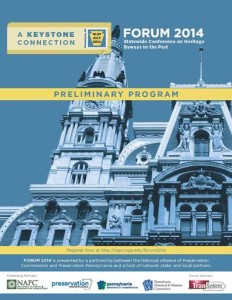 Registration is now open for FORUM 2014, July 16-20, in Philadelphia. FORUM is the title for this year’s Statewide Conference on Heritage/Byways to the Past, which has teamed up with the National Alliance of Preservation Commission’s biennial training program for a jam-packed week of workshops, tours, and sessions. Whether you’re a perennial attendee of the Pennsylvania Statewide Conference, or a first-timer, a planner, architect, archaeologist, historical commission or HARB member, elected official, or consultant the combination of these two events in a single place is a training and networking opportunity not to be missed! Continue reading
Registration is now open for FORUM 2014, July 16-20, in Philadelphia. FORUM is the title for this year’s Statewide Conference on Heritage/Byways to the Past, which has teamed up with the National Alliance of Preservation Commission’s biennial training program for a jam-packed week of workshops, tours, and sessions. Whether you’re a perennial attendee of the Pennsylvania Statewide Conference, or a first-timer, a planner, architect, archaeologist, historical commission or HARB member, elected official, or consultant the combination of these two events in a single place is a training and networking opportunity not to be missed! Continue reading
Preservationists often refer to the range of programs, laws, and financial incentives that are invoked to help protect and enhance historic places as a “toolbox.” Among the tools in the toolbox may be planning and zoning regulations, grants, tax credits, state or Federal laws, to name just a few. The tools with the most “teeth” however, are often historic preservation ordinances enacted by a municipal government. The effectiveness of local ordinances when attempting to save a building from demolition or guide sensitive changes and alterations comes from the fact that generally speaking, only local governments have the ability to regulate property – both public and private. These tools are often misunderstood, though, and so I’ve compiled a short list of some common misconceptions about ordinances to shed some light on some nuances of how these programs work in Pennsylvania. Continue reading
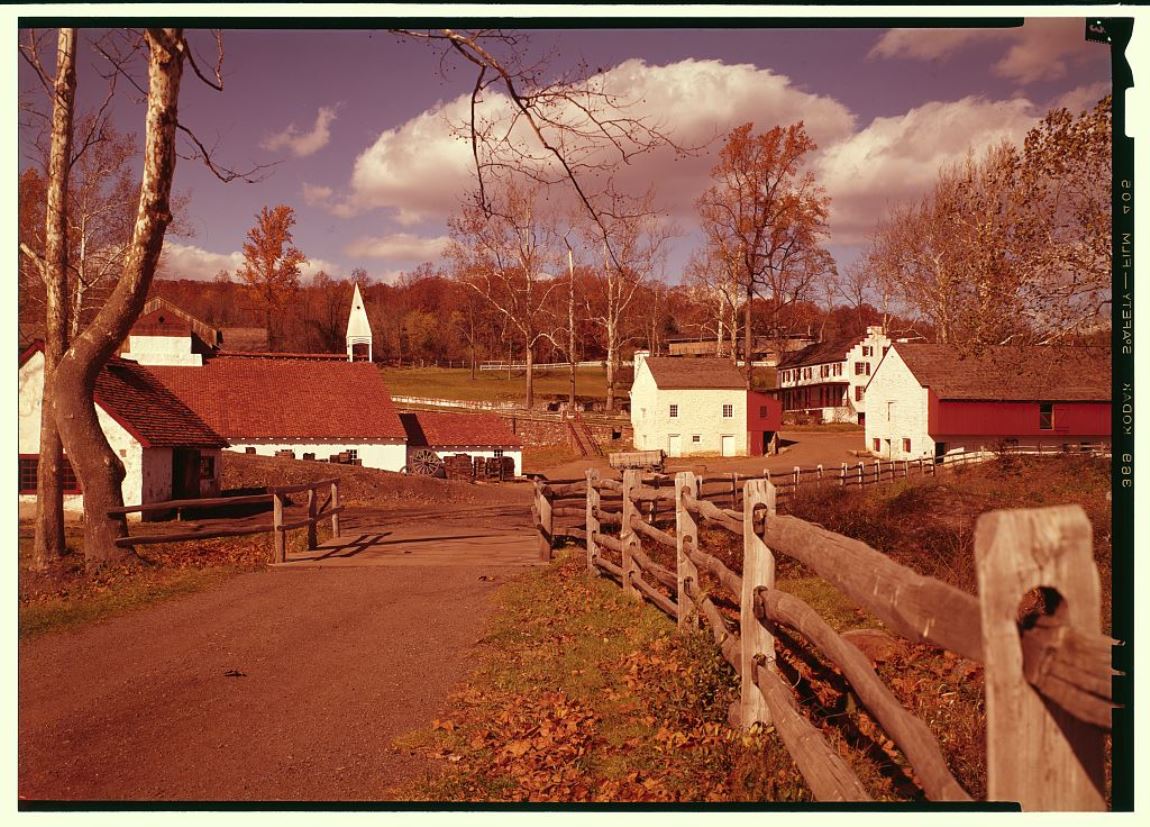

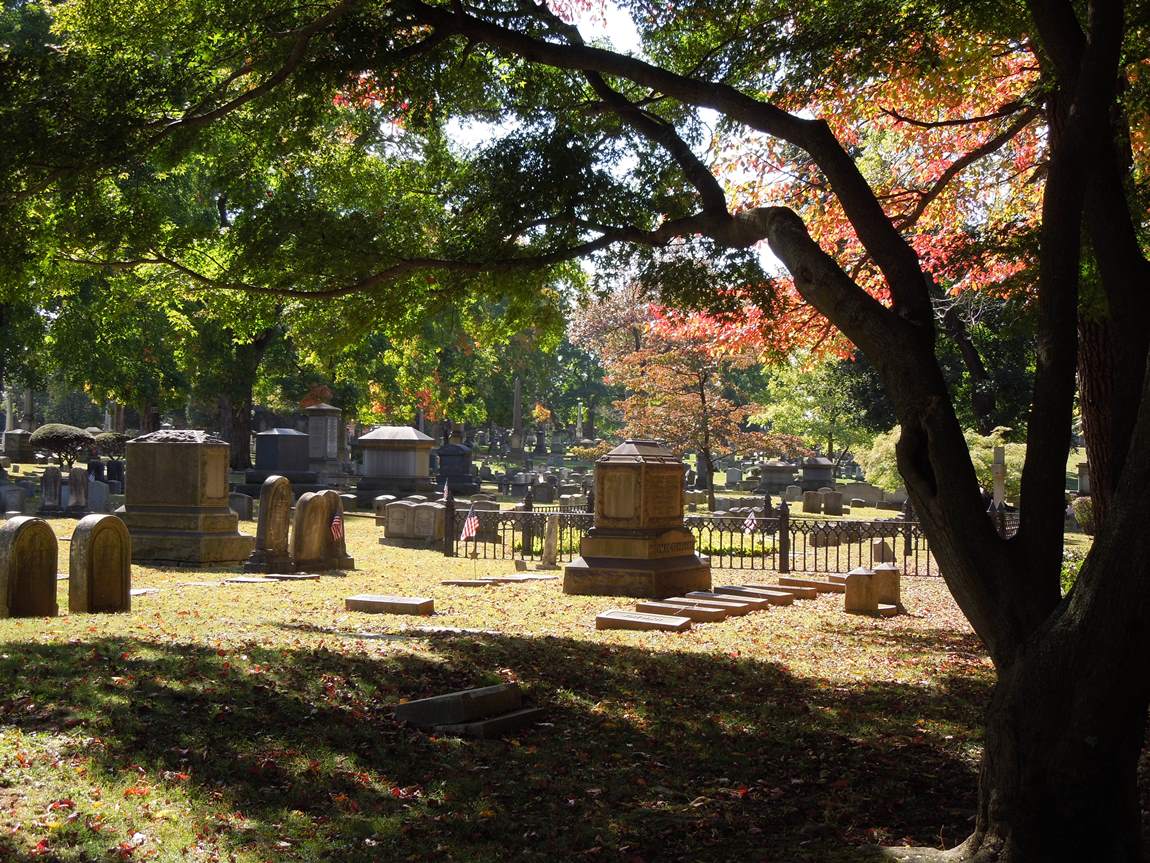


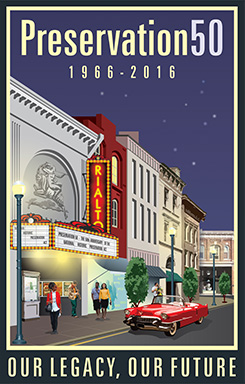
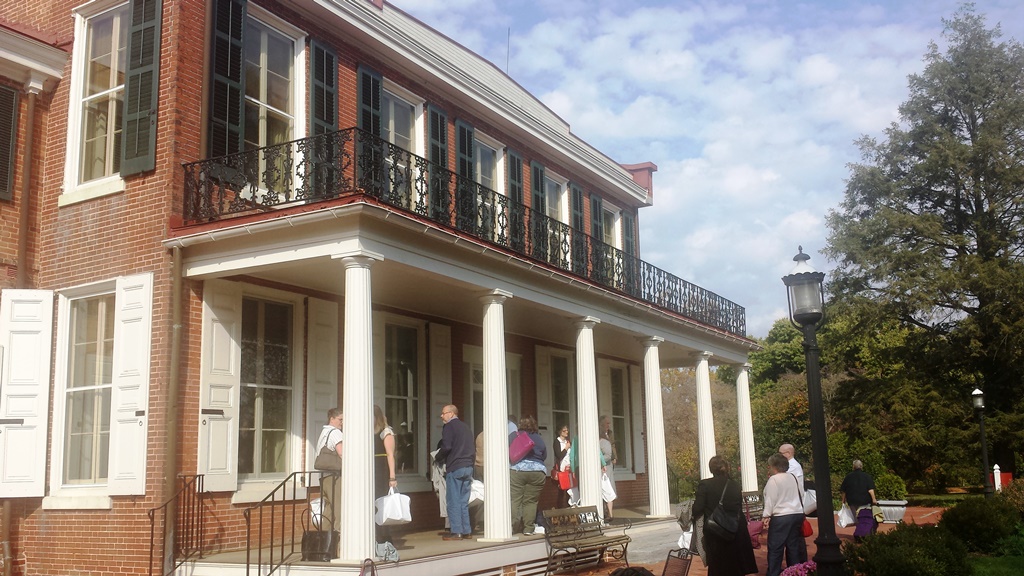
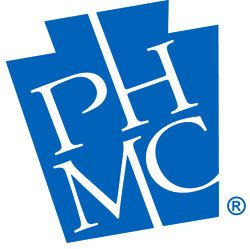

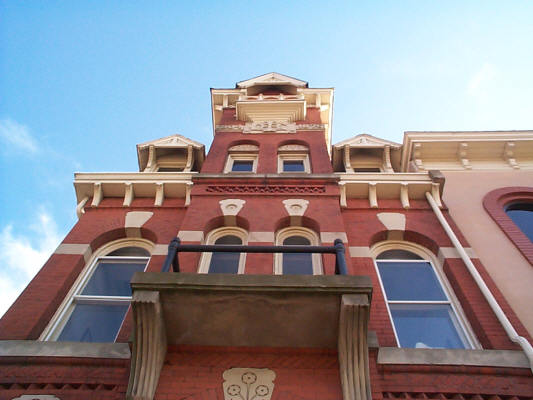
Recent Comments